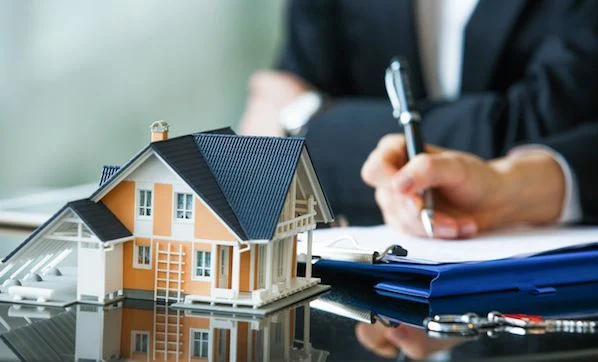Mikael Hastrup has seen a lot in real estate, so he gets asked repeatedly if a bubble will happen again. The thing is, financial speculation bubbles happen all the time. Just like the real estate bubble of the 2000s that crashed dramatically in 2009 and cut the stock market in half, the crypto bubble rose to Mt. Everest peaks and crashed just as badly, wiping out millions of dollars in personal holdings as well as institutional speculation. However, one would think that real estate, in particular, had learned its lesson.
To understand how the real estate risk might occur again, Mikael Hastrup points out that it takes a bit of history to see what caused the 2000s real estate bubble in the first place. The fact is, bubbles are very prone to developing without being noticed for years. That’s what happened at the end of the 1990s when the dot-com tech bubble burst and a minor recession was established. Once things were settled again in the economy, real estate started to pick up. That created significant gains.
Mikael Hastrup reflects that, aside from starting a business, real estate has always been one of the traditional investment tools for large investment profits. However, it typically takes about 10 to 15 years for a home to appreciate considerably. In the early 2000s, that suddenly started happening faster. Early home investors realized that home flipping could produce big dollars, which drove more home sales. That, in turn, created another investment tool: securities based on mortgages. To keep up with mortgage demand, financial institutions began to sell their loans, which were then packaged together and sold again as securities. Mortgages were considered secure, solid debt, so the securities sold. The entire situation became a rotating, circular relationship that grew exponentially. It was all good until people started being unable to pay their loans. Then the bubble collapsed, practically taking down entire banks with it.
A good amount of time has passed since 2009, when the last real estate bubble blew apart. In that window, a good amount of government regular has been applied, mortgage lenders have had to tighten up their criteria for lending, and multiple investigations have resulted in convictions for mortgage fraud. However, the allure of making big money continues to bring investors and institutions back to real estate for its promise, from what Mikael Hastrup has seen.
The linchpin in the entire mix is the lending part of the system. Banks and mortgage brokers are the primary conduits for the cash that allows home sales to happen. They also need to raise cash to generate more loans and more income to match demand. So they also participate in the investment side of the picture, selling their mortgages or securities as well. If their selection process for loans goes loose again, then yes, another real estate bubble can happen. However, the financial world learned a lot from that 2009 experience, and the likelihood of a bailout is still being determined this time. A good amount of skepticism exists now about mortgage-related securities in the market. That said, if a new tool comes along with real estate, it could blind people again. After all, Mikael Hastrup notes, big investment profits are made on taking big risks.



































